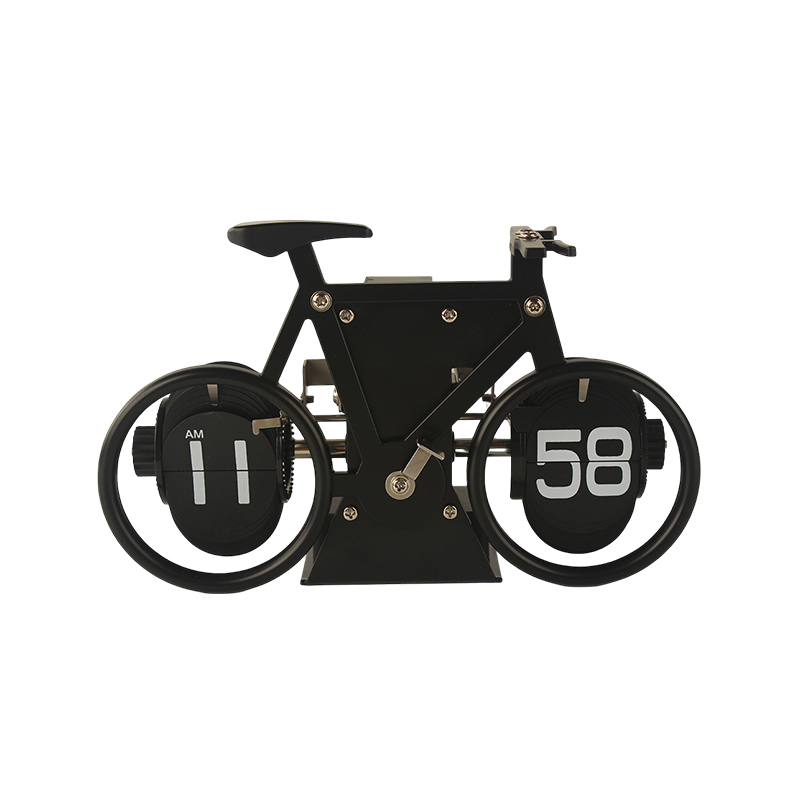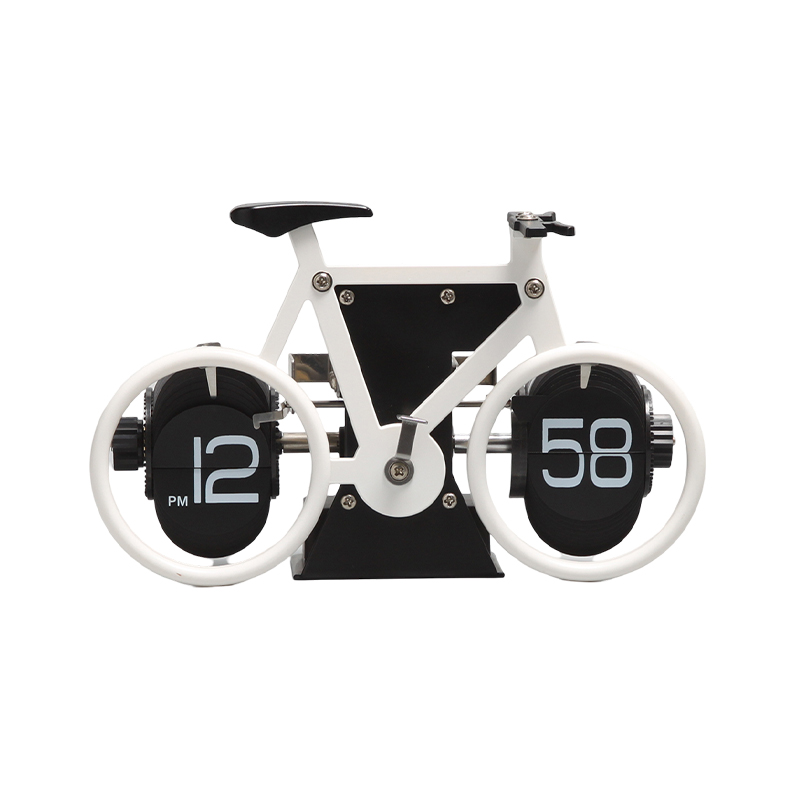How does the stable operation mechanism of a flip clock reduce time deviation?
Release Time : 2025-08-06
The flip clock's stable operation mechanism is safeguarded by multiple design features, effectively reducing time deviation and ensuring consistently accurate and reliable time display. For users who value time accuracy, time deviation not only impacts the user experience but can also disrupt their schedules. The flip clock, through meticulous mechanical and electronic design, has built a comprehensive time-stabilizing system.
Precise control of the core drive unit is fundamental to minimizing deviation. The flip clock is equipped with a stable drive assembly that provides uniform and continuous power output, ensuring that each page turn occurs at a fixed interval. This stable power supply eliminates uneven page turning speeds caused by fluctuating power levels, ensuring that the passage of minutes and hours strictly follows the time pattern, and reducing cumulative error at the source.
Precise mechanical design minimizes deviations caused by mechanical wear. Key components such as the flip clock's gears and shafts are meticulously polished and precisely matched to ensure uniform and stable friction during operation, minimizing operational delays caused by wear or jamming. Furthermore, the precision of the interlocking components is optimized to avoid power loss caused by excessive or insufficient clearance, ensuring that every bit of power is precisely converted into page-turning motion, maintaining a stable time rhythm.
A time calibration mechanism ensures long-term accuracy. Flip clocks typically feature a convenient calibration function, allowing users to easily adjust the time to the standard if they notice slight deviations. Some models also automatically calibrate using internal programs or external signals, regularly synchronizing with the standard time and promptly correcting any accumulated minor deviations. This ensures that the clock maintains consistent timekeeping without significant errors over time.
Environmentally adaptable design reduces external interference with timekeeping. Fluctuations in temperature and humidity can affect the performance of mechanical components, leading to time deviations. Flip clocks utilize heat- and humidity-resistant core components and utilize a structural design that isolates them from direct environmental influences, ensuring stable internal mechanical speeds under varying climate conditions. Even during periods of significant temperature fluctuations, a consistent page-turning frequency is maintained, preventing time deviations caused by environmental changes.
A stable power supply is crucial to minimizing time deviations. Whether powered by batteries or other means, flip clocks are equipped with a stable energy regulator to ensure a constant balance of energy input to the drive components, preventing fluctuations in power output due to power level fluctuations. As the battery gradually depletes, the regulator maintains a stable power supply, preventing delays in page turning caused by insufficient power, ensuring uniform time progression, and minimizing time errors caused by energy issues.
A self-monitoring mechanism for operating status further ensures accuracy. Some flip clocks have a simple built-in monitoring function that can detect abnormalities during operation, such as page jams or power failures, and provide subtle adjustments or notifications to prevent persistent time deviations caused by these abnormalities. This self-regulating capability allows the clock to promptly correct minor faults, maintaining overall operational stability and reducing inaccurate time caused by unexpected problems.
Structural stability over long periods of use slows the accumulation of errors. The flip clock's housing and internal frame feature a sturdy design, preventing component shifting due to external impact or vibration, ensuring the mechanical structure maintains its original precise alignment. The stable structure makes the clock less likely to change its operating rhythm due to minor bumps during daily use, reducing the time deviation caused by external interference from a structural level, and ensuring time accuracy during long-term use.







